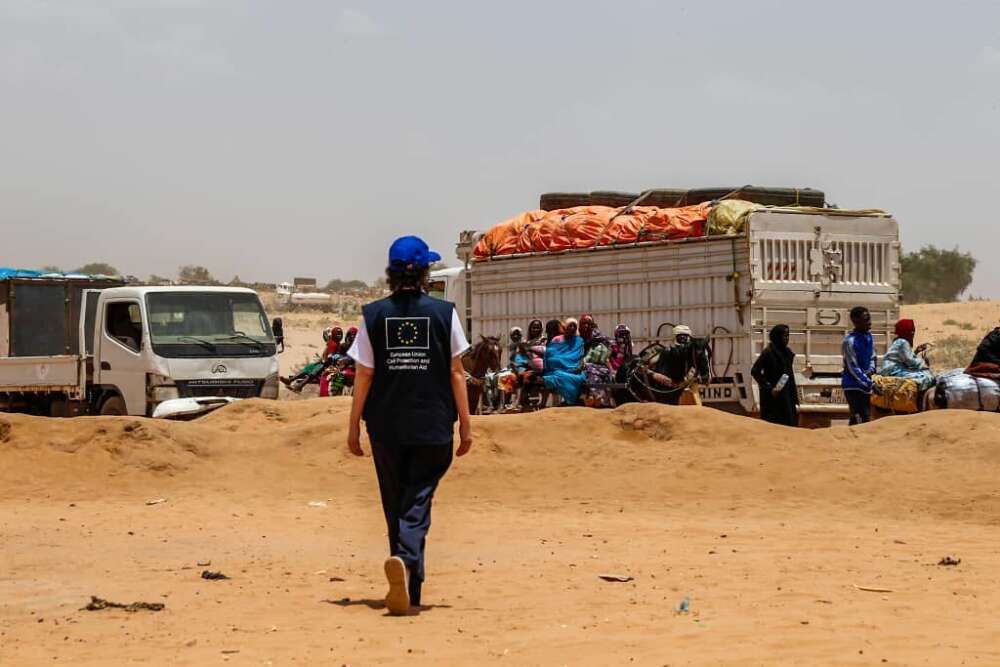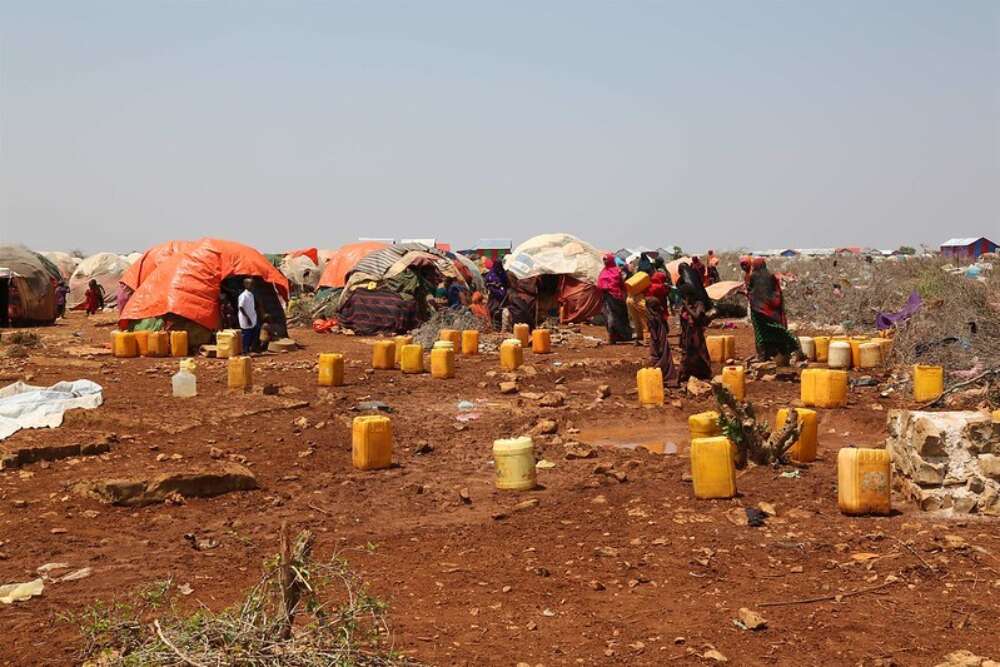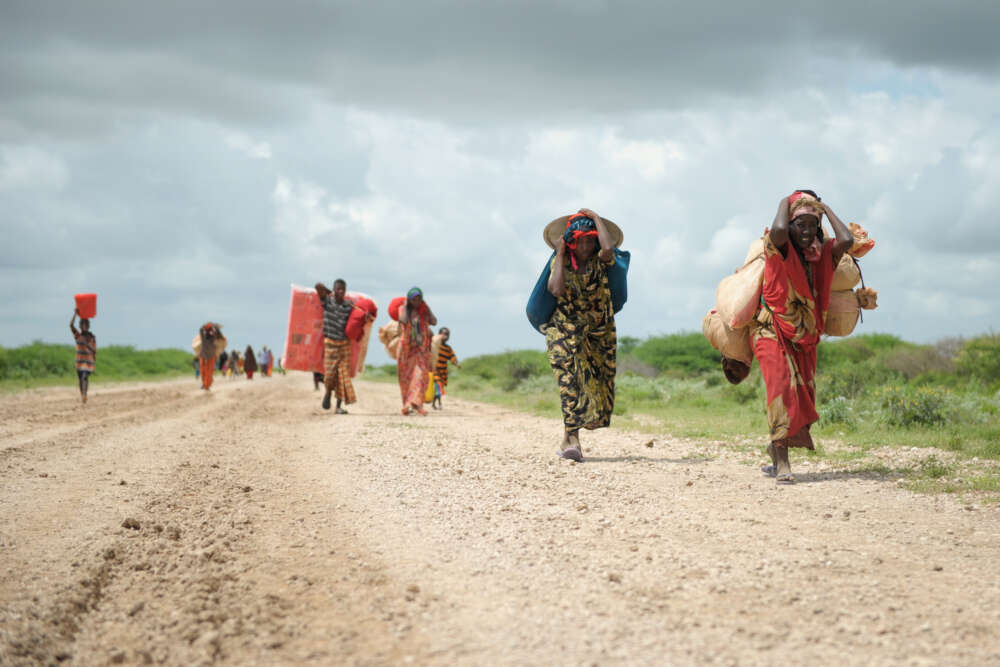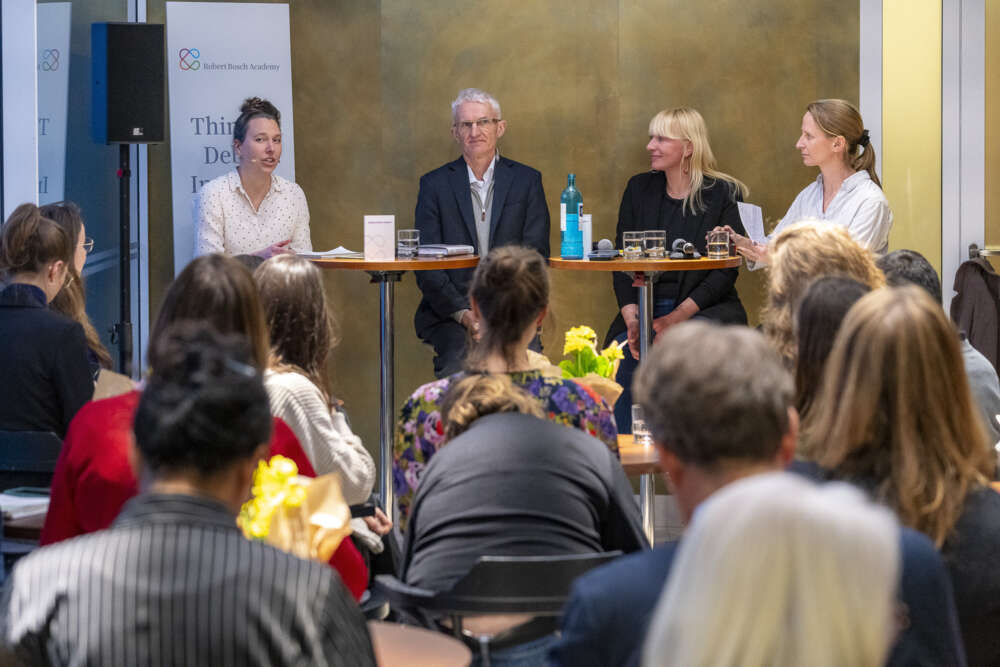Independent Review of Individual Donor Assessments in Humanitarian Operations

At the 2016 World Humanitarian Summit, humanitarian organizations and some of their largest donors signed the so-called Grand Bargain, a comprehensive agreement that aims to increase the efficiency and effectiveness of humanitarian action. Commitment 4.5 specifically seeks to increase “the proportion of funding used for the direct benefit of affected people.” Toward this end, signatories agreed to “reduce individual donor assessments.”
This report summarizes the results of an independent review that collected evidence on and analyzed the effects of donor assessments conducted between 2016 and 2019 across five humanitarian organizations: OCHA, UNHCR, UNICEF, WFP, and the ICRC (hereafter referred to as “agencies”). Moreover, the report analyzes trends in the volume of formal assessments, captures practices around informal assessments, investigates whether there were overlaps between assessments, and explores why donors choose to conduct so many different assessments in the first place. In doing so, the project team evaluates how assessments have affected the humanitarian work carried out by different agencies and their cooperating partners.
This independent review aims to inform donors and agencies about the progress that has been made when it comes to reducing the number of individual donor assessments and formulates recommendations to help meet Grand Bargain commitment number 4.5.
Key Findings
1. The volume of donor assessments has more than doubled since 2016. Data showed that the number of formal donor assessments has more than doubled between 2016 and 2019, with numbers increasing every year. While 2016 saw 62 assessments, a total of 127 assessments were conducted in 2019. The data also shows that only two donors – the European Commission and the UK Department for International Development (DFID) – were responsible for 93 percent of all assessments reported for the period between 2016 and 2019, while providing only 19 percent of all the funding that went to those five agencies. Other major donors either maintained a light approach to formal assessments or have further reduced their frequency since 2016. In addition, all agencies reported a high number of informal donor assessments, such as frequent non-standardized information requests or monitoring missions at field level
2. Joint donor assessments remain the exception and are unlikely to increase. Only 2 percent of all donor assessments were jointly conducted by two or more donors. The main reason for this is that most assessments are project-related and therefore very specific. Most assessments have little thematic overlap, fulfill different purposes, and follow different project-specific timelines. Thus, under the existing reporting practices, widespread harmonization of the content of such assessments is unlikely. Yet, opportunities for joint assessments do exist – in particular with regard to broader institutional assessments. These also offer opportunities for donors to rely more on the results of existing assessments conducted by other donors or entities.
3. A number of reasons drive donors to conduct (more) assessments. All donors interviewed for this review explained that their need for “domestic accountability” – for instance to lawmakers, national oversight bodies or citizens – requires them to seek assurance. A growing domestic skepticism about multilateral action in some key donor countries has been a particularly important factor driving up the volume of donor assessments. To minimize their own exposure to risk, these donor governments aim to collect more information about the use of their financial contributions to humanitarian agencies. Demand for donor assessments in these countries will therefore likely remain high or even increase further, irrespective of the level of financial contributions these governments actually make. Other factors driving different donor assessment practices include donors’ own “humanitarian cultures,” their administrative capacities for oversight, and their perception of agencies’ internal oversight systems. While many agencies have extensive oversight structures in place and also embarked on strengthening internal oversight over the past years, different donors perceive their oversight performance differently. Some donors deem agency oversight to be insufficient to substantially lower the amount of assessments they conduct. The agencies influence these perceptions through their own efforts to create more transparency and build trust. A history of (alleged) incidents such as fraud cases can also affect perceptions of performance.
4. Donor assessments increase administrative costs, but they also offer opportunities for learning and change. In general, agencies recognize the reasoning behind donors’ demands for accountability and are willing to meet them. The main pain point is the additional staff time that is required to support the multitude of formal donor assessments as well as to respond to additional requests for assurance. Procedural inefficiencies on both the donor and the agency side exacerbate the workload. Ill-designed donor assessments can also strain the relationship between the agency and the donor. On the positive side, donor assessments sometimes create opportunities for learning and are at times instrumental for unlocking organizational change.
5. Secondary effects of donor assessments on agencies’ downstream partners are largely untraceable. NGOs operating as downstream partners reported that they are facing more assessments from their partner agencies than in previous years and perceive them as more extensive than necessary. Assessment practices of UN agencies also come with inefficiencies and redundancies, such as duplicative requests from different agencies. Moreover, NGOs highlighted that agencies often expect local NGOs to meet the same reporting standards as international NGOs with more resources and bigger capacity. However, the review team could not determine a direct link between donor assessments and those of the agencies. We did find that contextual factors, such as the local circumstances in a project country, individual working relationships, and differences between national and international NGOs, affect how UN agencies assess their implementing partners.
The full report including recommendations is available for download here and on the UNHCR website.







